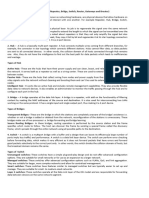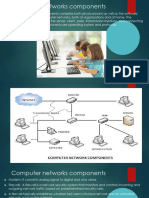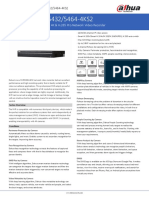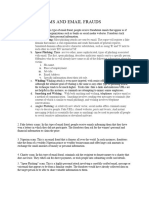0% found this document useful (0 votes)
21 views4 pagesNetwork Hardware and Software
The document provides an overview of networking hardware and software, detailing various components such as WLAN devices, access points, firewalls, bridges, gateways, hubs, switches, routers, and repeaters. It explains the functions of each component in a network, emphasizing the role of network operating systems in integrating these elements. Additionally, it highlights the importance of managing network traffic and congestion through proper device selection and configuration.
Uploaded by
deticiomichaelaCopyright
© © All Rights Reserved
We take content rights seriously. If you suspect this is your content, claim it here.
Available Formats
Download as PDF, TXT or read online on Scribd
0% found this document useful (0 votes)
21 views4 pagesNetwork Hardware and Software
The document provides an overview of networking hardware and software, detailing various components such as WLAN devices, access points, firewalls, bridges, gateways, hubs, switches, routers, and repeaters. It explains the functions of each component in a network, emphasizing the role of network operating systems in integrating these elements. Additionally, it highlights the importance of managing network traffic and congestion through proper device selection and configuration.
Uploaded by
deticiomichaelaCopyright
© © All Rights Reserved
We take content rights seriously. If you suspect this is your content, claim it here.
Available Formats
Download as PDF, TXT or read online on Scribd
/ 4























































































